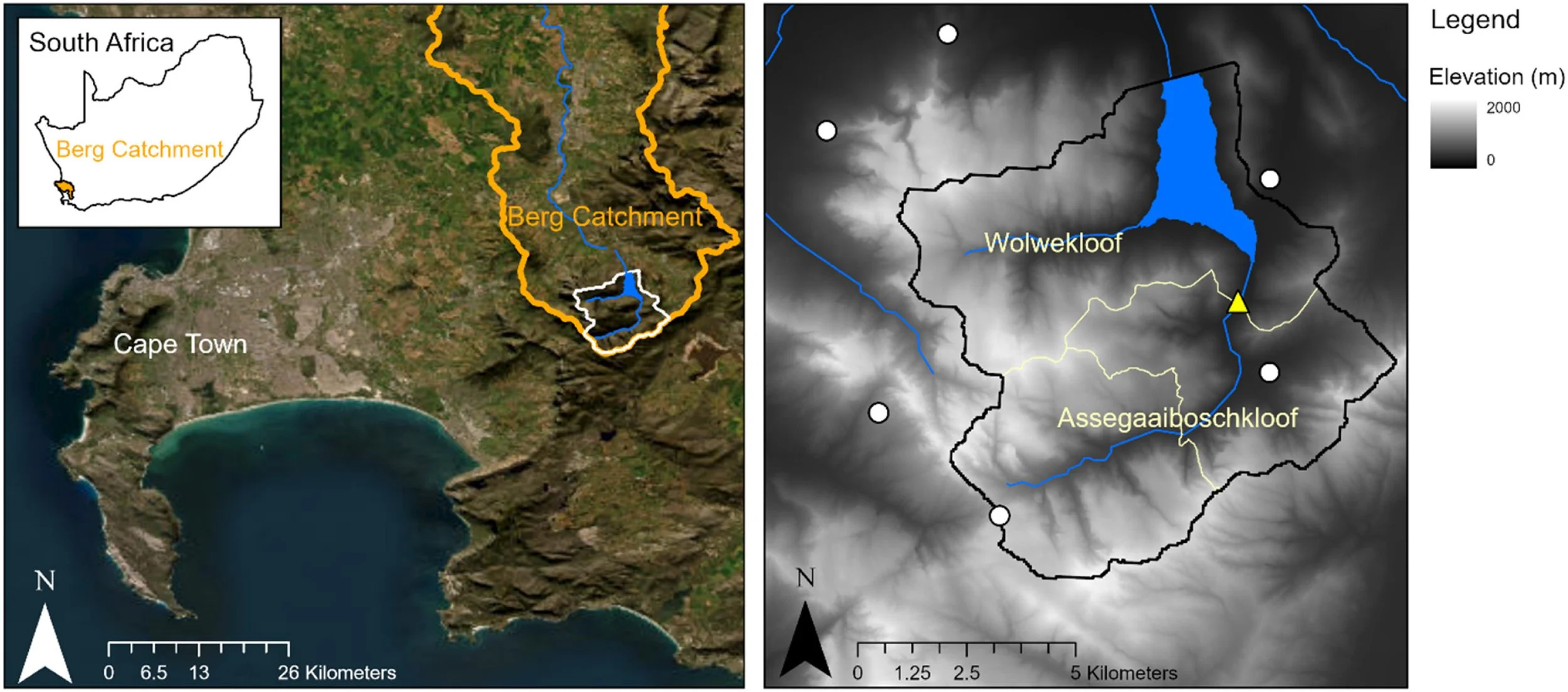
Our Research
Evidence for leveraging change in nature-based solution policy and investment.
Research at the PiNC Lab explores the enablers and constraints of effective and equitable nature-based solutions across all phases including design, planning, implementation, maintenance, monitoring and evaluation. All projects at the lab fall within the below research themes. Read our full list of publications here.
Social impacts & equity
Our research examines the relationship between equitable and effective nature-based solutions, and how different solutions build adaptive capacity and reduce climate risks sensitivity.
Environmental impacts
We investigate ecosystem service trade-offs and synergies between nature-based solutions used for adaptation and mitigation, particularly for water-carbon couplings and food production.
Finance & capacity
We focus on understanding what factors and evidence types incentivise investment in equitable and effective nature-based solutions, and explore approaches that enable those in practice and policy to support this.
Governance
Our research examines the governance of nature-based solutions, aiming to shed light on how they can play a role in development that is just, sustainable and climate-resilient for all.
Featured publications
Research from the PiNC Lab lead and colleagues aims to quantify uncertainty from hydrological model structural differences for clearing invasive alien trees from mountain catchments in a water scarce region of South Africa.
This study devised a methodological pluralistic approach, supporting social science qualitative methods, narratives, mixed methods, and interdisciplinarity to unlock potential of counterfactuals in ensuring a place-based and detailed understanding of the socioecological context and impacts of protected areas.
This info brief by PiNC researchers at Tuwe Pamoja outline four types of NbS to illustrate how they can support climate change adaptation by reducing people’s exposure, sensitivity and vulnerability to climate impacts, and by increasing their adaptive capacity.



